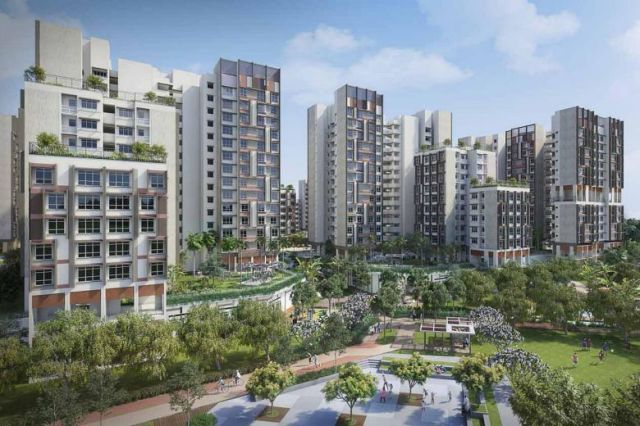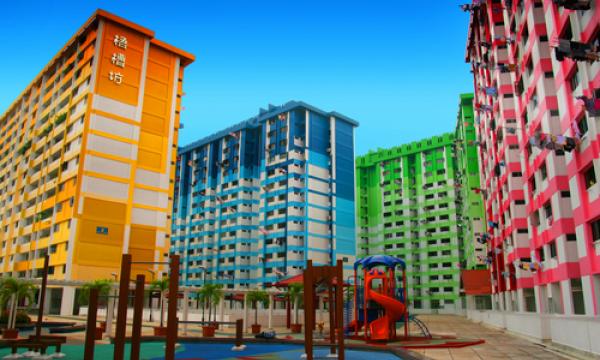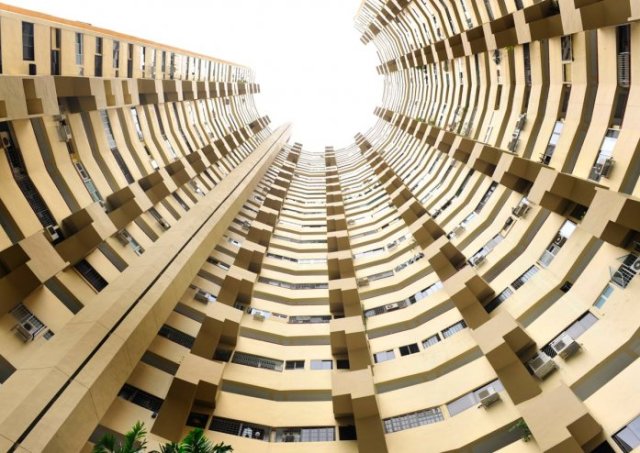Episode 4 with Om Malik
He is a partner at True Ventures, a Venture Cap firm. He is wearing a beautiful Grand Seiko SBGR301. He and Ben went shopping in Paris and Wempe. True Ventures is one of Hodinkee’s biggest investors. Om does not appreciate people talking down on others’ collections. To him, to his each own, and is it important to respect someone’s collection.
Affordable watch coverage is important. Om has watches like Grand Seiko and Nomos (Nomos Zurich etc). Grand Seiko is really under-rated in the industry but it is gaining prominence. Even the Seiko Presage range is outstanding. Watches are an emotional product and means more to you rather than anyone else. His preference is for smaller brands, likes Ochs Und Junior, which are incredibly innovative. People who know watches will recognize Grand Seikos and realize that their finishing is outstanding. Some Swiss executives see the Grand Seiko as a threat.
Swatch did not see the Apple watch coming and should have innovated more. For the Apple watch, it’s more about its functionality and not so much about the time. The Apple watch has potentially health features. There are some who do not like quartz watches.
Quartz watches don’t have the same feel, charm, fun factor as a mechanical watch. The outstanding GS 9F Quartz, Longines VHP watch is something to aim for. Dismissing quartz watches is what some watch guys do. There is a certain pseudo-intellectualism in the watch community, which is to show off something that you know, even though you don’t know much. The pursuit of watches can be incredibly rewarding.
Om bought a Moser. It can be fun to save a bit every day before buying a watch. Do your watches bring joy to you? If no, please stop. The line between collecting and hoarding is very thin.
Om is working on a book of photos actually. He aims to slow down time by going on long photography trips. Hodinkee provides the platform for people to engage in their watch fanaticism. It gives people networking opportunities etc. Many of the employees working in Hodinkee really loves it. The Hodinkee meetups are heavily oversubscribed and provide so much joy to people who attend. Om loves PSM (Speake Marin) watches. Ben places a lot of emphasis on the dial, more than the case, like his Patek 2526, his Eberhard chronograph.
When you buy watches, you need to wear them, and not simply keep them in a safe. Watches need air. If you wear it often, price-per-wear definitely reduces a lot. Most people end up acquiring things for no reason. For everything that you buy, think about its happiness quotient? What is the happiness that the object can bring? Never live your life based on what others think. Remember that happiness definitely comes first.
Episode 5 with Eric Ku
Eric is well respected watch dealer/collector in the industry. He is the guy to go to for vintage watches. He is wearing a Patek 3939, which is an enamel dial, minute repeater tourbillion. Since young, he had a fascination with mechanical watches.
In the 1990s, the Daytonas and Explorers grew in popularity. In the past, arbitrage for Rolex Explorers could be done. His first vintage was a Red Sub, in 1998. In his early days, he made some mistakes, but gradually he started learning from his mistakes. Watch knowledge and nomenclature was not documented on the Internet yet. Dealers will try to push the prices on something if they find something rare, but it is the market that dictates the pricing. Five digits Rolex prices are shooting up, even though they are not rare. As time passes, there are more vintage watches that are coming up, due to them ageing. This is also known as the ‘New Vintage’. People appreciate the smaller sizes of the older Rolexes.
Many retailers are not getting good allocation of steel sport Rolexes. Prices are shooting through the roof, but will they collapse one day? Pre-own watches are getting more common nowadays. Things are cyclical and prices will drop someday. What comes up, must come down, but there might be a slight upward trend. The pool of vintage keeps shrinking, as watches get lost/damaged etc. Auction records is like navel gazing and you can compare with previous auction prices. In a way, auction prices help to reflect the enthusiasm of the product. The truth is that there are so few that can afford 7 figure watches, so the auction records don’t mean much. Prices crashed in 2007/2008. In every business, there are good and bad times. The ultra-rich class has grown a lot more.
It’s very difficult for a newbie to get into vintage watches, 1675 and 5513 as they are more than $10,000 or more. Someone like that could consider other brands, like Cartier, Universe Geneve. Nomos makes a good watch for the price. The modern Rolex is now out of reach to most people. His first watch that cost over $10,000 was a Vianney Halter Antiqua. Eric really supports independent watch-makers. He appreciates brands like Gronefield and Cartier. Cartier produces timeless designs, like the Cartier Tank Cintree. Early Cartiers are really rare and desirable. Bubblebacks were popular, but fell out of favour recently. Large watches are over-rated. There is a trend nowadays, where brands are making smaller watches.
Rolex 36mm are the best fit. Good design is always timeless. Eric recommends 34mm Rolexes from the past, for about 2 to 3k. The good thing about Rolex is that they can retain their value well. Vintage gold Rolex watches are undervalued at the moment. Two important lessons are (i) condition of the watch (buy the best version based on your budget); (ii) buy what you like. Spend time to research about what you like.
Eric is really into food and trying our excellent restaurants as well.
Episode 6 with Todd Snyder
He is the founder of Todd Snyder brand of clothing. Cara has worked with Todd and has provided vintage watches for them to sell. Todd’s store is to be the one stop shop for a guy. Everything in the store is really edited and curated well. You can get everything in Todd’s. There are over 2,000 books for sale in the store.
Todd got inspired and worked for Ralph Lauren eventually. He brought a few Timex, Tudor Black Bay Chrono, Tudor Ranger and a Rolex as well. Since young, he has always worked in clothing stores and with tailors. He has always been interested in how garments were made etc. If you want to be the best, work for the best. Knowing the basics of clothing is the key. Working for Ralph was a dream come true for Todd. Todd even offered to work for free just to get to work for Ralph, and it worked. His advice for kids are to ‘work hard, innovate and be nice’. If you have poor attitude, you won’t go far in life. Todd has also worked in GAP and JCrew, key American brands. Ralph always reinvents iconic fashion and created their own styling to it. Todd tries to reinvent the basics and improves on them, making them very desirable.
He is also rather big on collaborations, like with RedWing etc. Todd would love to collaborate with an interior designer/architectural firm. The Timex Marlin collaboration was a huge success. Timex is one of his favorite brands, as his Dad owned one previously. He is definitely planning some more collaborations in future.
Tudor is definitely the value for money brand, as compared to Rolex. For clothes, it is really important to start off with great basics which fit well.








